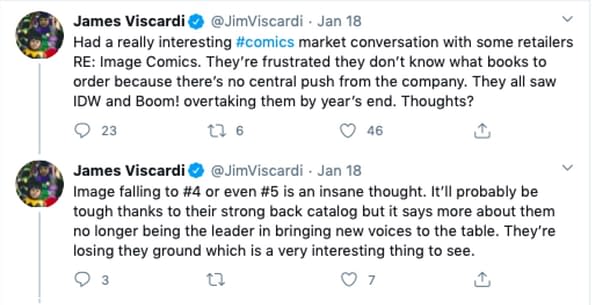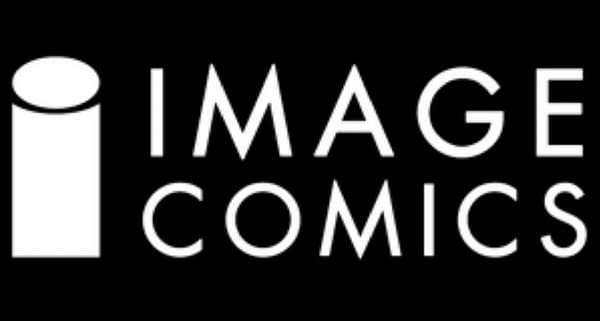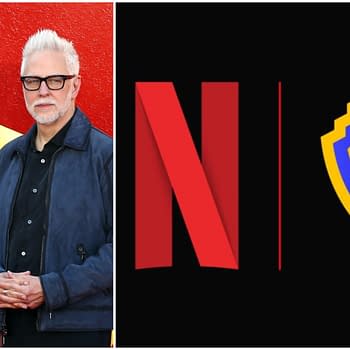Posted in: Comics | Tagged: image, image comics
How 2020 Became Image Comics' Best Year Since The Nineties
After absorbing last week's news that Image Comics has become Diamond's second largest comics supplier following DC's defection to the distribution operations set up by comics retailers DCBS and Midtown, an interesting realization set in: Despite the ongoing problems created by Covid-19 and the ensuing lockdown, Image is in the midst of its best year since its glory days of the '90s.
Setting aside the fact that the comics industry more or less ceased functioning for the better part of three months during the spring, the bigger surprise comes from the fact that some were speculating pre-lockdown that Image was on the ropes. In fact, Jim Viscardi of Comic Book even speculated on Twitter back in January would be the year that either Boom or IDW would supplant Image as Diamond's number three publisher.

Given that 2019 wasn't a great year for Image, it's not hard to follow that logic: Only Scott Snyder, Charles Soule and Giuseppe Camuncoli's Undiscovered Country and Rodney Barnes and Jason Shawn Alexander's Killadelphia managed to debut over 50,000, and based on available data, it appears Image had a meagre four launches over 20,000 all of last year. Image Comics would, of course, argue they launched roughly a third fewer books in 2019 than the year prior, but even taking those metrics into account, 2018 numbers were substantially better. Clearly, something happened other than a decrease in new titles.
And that's where things get interesting.
Sifting through past sales data, it looks like low-selling series debuts was fairly routine up until 2009, when the one-two punch of Robert Kirkman & Todd McFarlane's Haunt and the ill-fated Image United event put two books over 40K. Image ended that year with three titles over 20,000 (Top Cow's Fusion being the third, if you can believe that), but it wasn't until Image 20th anniversary in 2012 that the company truly turned a corner, with a dozen titles over in the 20K range or higher and SAGA doing over 75K across five printings.

2013-2016 were the salad days, though, with eighty titles breaking 20K and fifteen of them breaking 50K across four years. During that time, though, only one Image launch legitimately passed the 100,000 copy mark—Mark Millar and Frank Quitely's soon-to-be-Netflixed Jupiter's Legacy. There were assorted other Image titles over 100K — The Walking Dead #100, Spawn #300, and the like—but it wasn't until this year that Image lobbed multiple launches over the 100k line: First, James Tynion IV and Martin Simmond's The Department Of Truth, and then Kirkman's colorized zombie redux The Walking Dead Deluxe. Donny Cates and Geoff Shaw's' November launch, the much-anticipated Crossover, which a little bird has told me looks set to do even better, and is already pushing 100K leading into this weekend's FOC.
And while Boom continues to tally entries into their self-styled "50K Club," 2020 has also seen Image launch a higher number of titles over that total than any year since… Well, we'd have to go back to the '90s to find a year when Image had as many or more titles launch with orders over 50,000 copies.
So given all that – three launches at 100K or higher, a 2000s-era record for launches over 50K, plus a remarkably rejuvenated Spawn posting back-to-back issues over 100K and both Robert Kirkman and Ed Brubaker debuting original graphic novels to sales of over 20K each – it seems safe to conclude that not only is 2020 not the year Image lays down for the smaller publishers, the company is actually gaining momentum as it prepares for its big 3-0 in 2022.
With Ed Brubaker & Sean Phillips launching a new series of graphic novels with Reckless in December, Scott Snyder & Tony Daniel's Nocterra on tap for early 2022, an incoming Invincible animated series on Amazon Prime, the eventual return of Saga, and what sources close to Image refer to as a "major and game-changing surprise" for next spring, it certainly seems like, Kimberly Guilfoyle memes notwithstanding, the best is yet to come for the standard-bearer of creator-owned comics. Unless you count Scholastic of course. But that's a whole different story…












